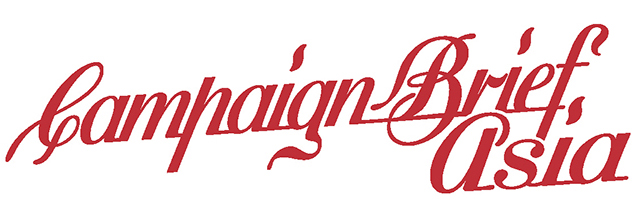Ron Samuel’s highlights from the stage at the Spikes Asia 2016 Festival of Creativity
 Ron Samuel was Campaign Brief’s roving reporter around the Spikes Asia Festival of Creativity, held in Singapore late last week. Samuel, a regular contributor, outlines his highlights from the main stage.
Ron Samuel was Campaign Brief’s roving reporter around the Spikes Asia Festival of Creativity, held in Singapore late last week. Samuel, a regular contributor, outlines his highlights from the main stage.
When I attended the first Spikes Asia in Singapore the talks and discussions were based on fairly broad topics. I remember the legendary Australian author, Bryce Courtney, throwing himself on the floor and rolling around as he pleaded with the audience to aim higher than the materialistic goals we all share. It was an impressive performance for an eighty year old and certainly held everyone’s attention. Sir Martin Sorell, from WPP, headed a discussion on the future of advertising and turned out to be quite accurate in his predications, unlike the Chief Marketing Officer of Nokia (remember them), who probably should have paid more attention to Sir Martin.
In contrast this year was all about the details, how things worked, what worked best and most refreshingly what didn’t. The best presentations were the ones where the client and agency took the stage together and were brutally honest.
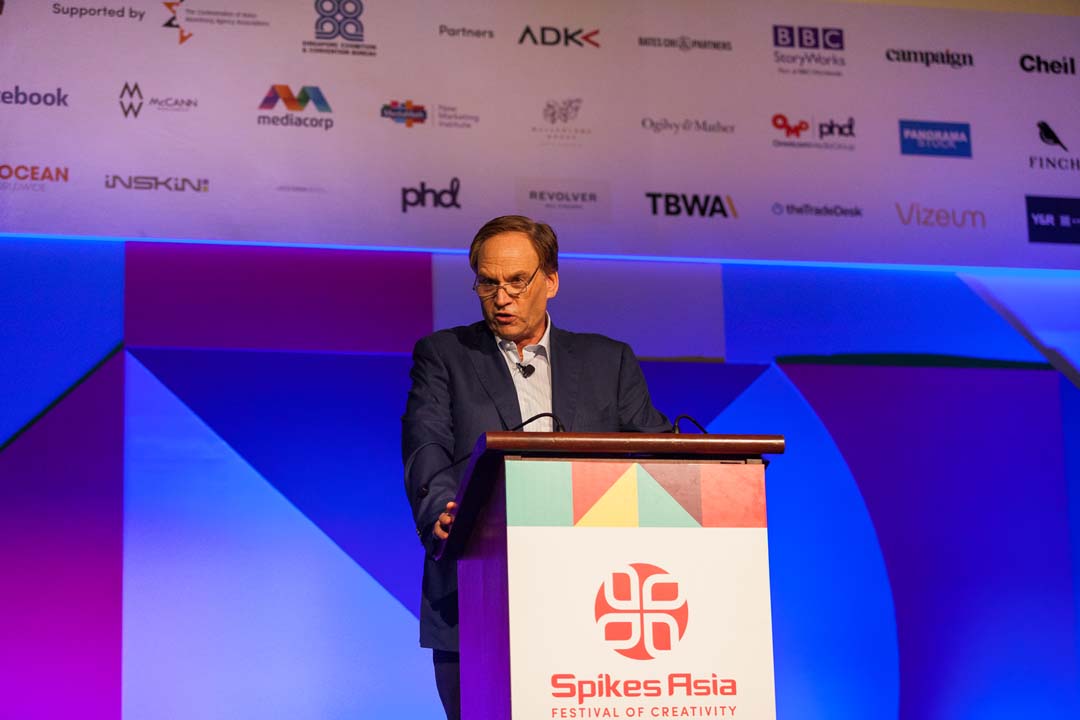 On day one Harris Diamond Chairman and CEO of McCann Worldwide (left) talked about the end of the global campaign and how the wave of nationalism sweeping through countries around the world has resulted in the rejection of global campaigns that have no local relevance. This has also created huge opportunities for local brands to challenge and dominate in their own countries where the likes of Unilever used to rule the roost. The Indian brand Patanjali was an excellent example, unheard of for most outside India, but now estimated to be worth forty billion dollars. The days of creating a single campaign or commercial to run over several countries are well and truly over.
On day one Harris Diamond Chairman and CEO of McCann Worldwide (left) talked about the end of the global campaign and how the wave of nationalism sweeping through countries around the world has resulted in the rejection of global campaigns that have no local relevance. This has also created huge opportunities for local brands to challenge and dominate in their own countries where the likes of Unilever used to rule the roost. The Indian brand Patanjali was an excellent example, unheard of for most outside India, but now estimated to be worth forty billion dollars. The days of creating a single campaign or commercial to run over several countries are well and truly over.
Innovation was a running theme for the day and the partners from Flying Fish Lab gave a very valuable case study based presentation on the reinvention of a company. The best part was that the client, Paul Emmerson from Silver Needle Hospitality Group, was also on stage to discuss what happened and how. Without this kind of realistic balance some of the presentations slipped into sales pitches.
In terms of case studies the Mastercard presentation was a winner for a number of reasons. It was about creativity, technology and partnerships and the need for brands to have a positive impact on the communities that they live in. Even though it was a great social campaign, the first thing that Sam Pemberton – Ahmed from Mastercard said was that none of it would have happened if there was not a clear opportunity for Mastercard to make money. Loved the honesty from Sam about why it supported such a great social. It helped to put the rest in clear perspective which included a great piece of technology which you one his other team members would walk you through in another area. The social partner was Indian screen legend Anil Kapoor who did a great job of talking about how the local communities benefited directly from the campaign.
For the younger creatives YouTube super star Kurt Hugo Schneider was the standout. He explained how he turned his passion and talent for music and video into a global success. It was inspiring to watch and learn, even for the old folk like me.
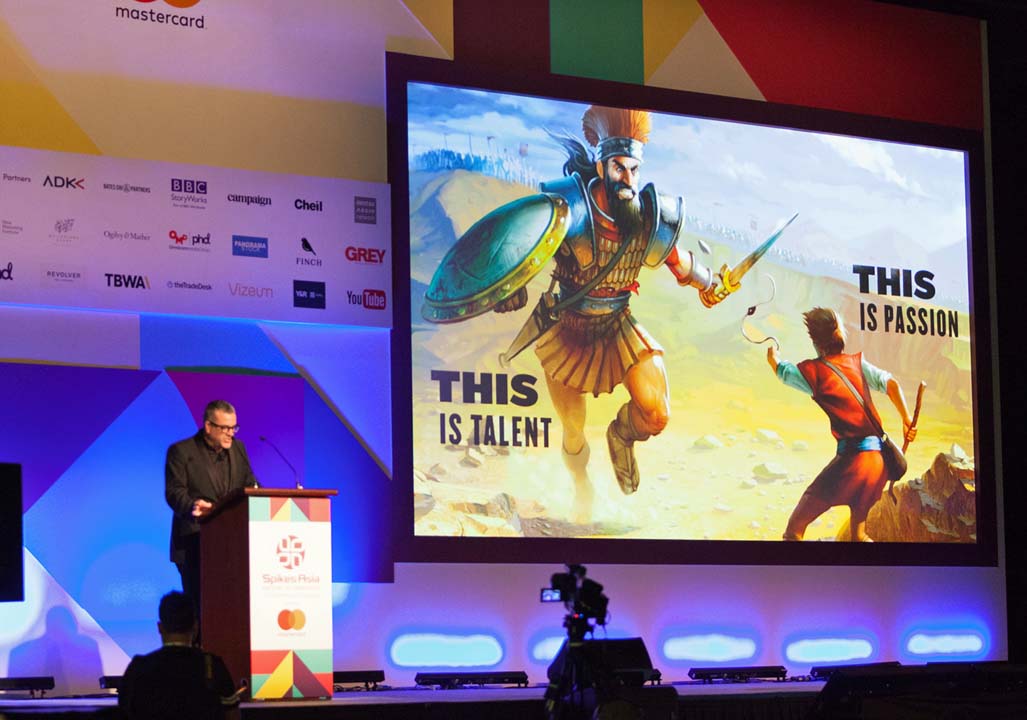 Day two also began with passion as the theme, this time from Matt Eastwood Global CCO of JWT (left). Matt talked about how passion is more important than talent as a driving force that makes the difference between good and great people. He gave some great examples, including his own, of how passion can pull you out of a bad place and give you the resilience, strength and determination to succeed when others don’t.
Day two also began with passion as the theme, this time from Matt Eastwood Global CCO of JWT (left). Matt talked about how passion is more important than talent as a driving force that makes the difference between good and great people. He gave some great examples, including his own, of how passion can pull you out of a bad place and give you the resilience, strength and determination to succeed when others don’t.
Matt’s presentation led in to the next standout of the day for the young, and young at heart, which was from Forbes media. It featured Valenice Balace Founder and CEO of Peekawoo, a dating app specifically created for the conservative Philippine market and Ha Lam, co-founder of trip.me in Vietnam. The journey from idea to success for both of these young women was fascinating and inspirational. Especially when they discussed the barriers and challenges that they had to overcome.
The social effects of the Spikes were well and truly evident of the faces of most of us by Friday. That didn’t stop a big turnout for Tatsua Nomura the Game Director of Pokemon GO who explained how what started as a prank at Google turned into a global smash hit.
Ashleigh Axios former Creative Director and Digital Strategist at The White House also shared some fascinating insights from behind the scenes during her time with the Obama administration.
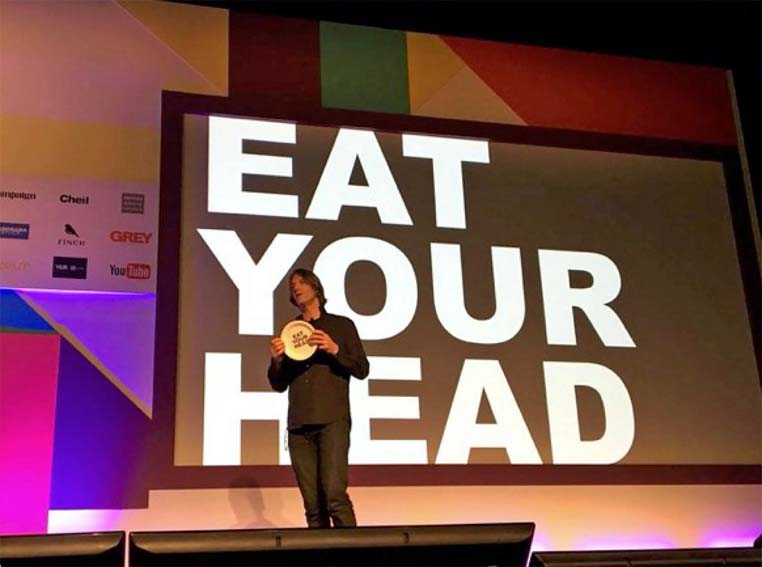 Graham Fink, CCO of Ogilvy and Mather (left) finished the day in fine form with his tips on helping you to outsmart yourself when you’re trying to find original ideas. Graham is never boring and always willing to share his thoughts and methods that lead to great work.
Graham Fink, CCO of Ogilvy and Mather (left) finished the day in fine form with his tips on helping you to outsmart yourself when you’re trying to find original ideas. Graham is never boring and always willing to share his thoughts and methods that lead to great work.
Insights
Shows like the Spikes are a great opportunity to meet young creatives from all over the region and see if they share any common fears or aspirations.
This year many of the agency creatives talked about how their agency time was only a stepping-stone in their career. They didn’t want to become ECD’s or CCO’s they wanted to use their experience and knowledge to create their own ventures to secure their future’s instead of relying on a notoriously insecure industry.
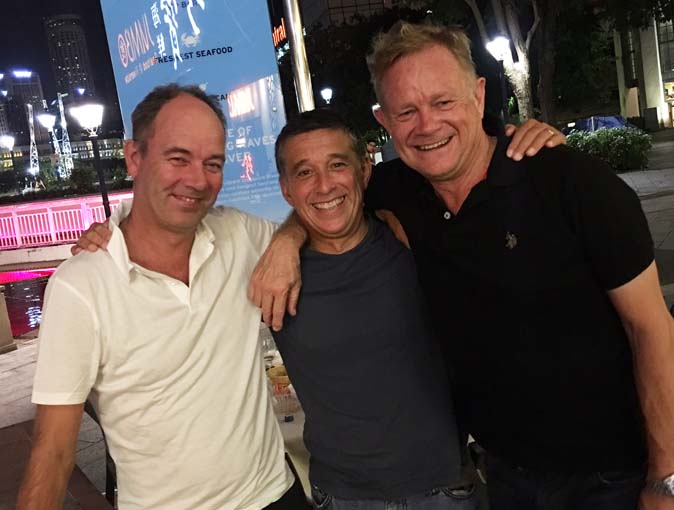 They also said that peer recognition via social media means more than winning an award in some cases. That will prove to be a big challenge for agencies who need to attract, nurture and grow talent and also the award shows who showcase it.
They also said that peer recognition via social media means more than winning an award in some cases. That will prove to be a big challenge for agencies who need to attract, nurture and grow talent and also the award shows who showcase it.
One of the personal highlights for me was sharing a beer, or five, with Jeremy Craigen global chief creative officer at Innocean (pictured on left). A nice guy who was more than happy to share his knowledge and experience.
